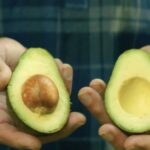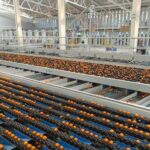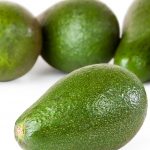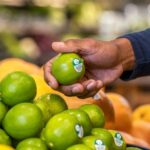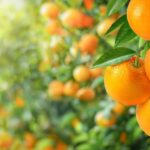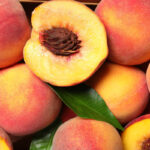Agronometrics in Charts: Peru's 2023 Avocado campaign may be in jeopardy

In this installment of the ‘Agronometrics In Charts’ series, Sarah Ilyas studies the state of the Peruvian avocado industry. Each week the series looks at a different horticultural commodity, focusing on a specific origin or topic visualizing the market factors that are driving change.
Water shortage is a global crisis that already impacts a significant proportion of the global population. In recent decades, the arid region of Ica in southern Peru has experienced a drastic drop in water availability as the production of asparagus and avocados has increased.
According to the World Bank, Peru will be one of the countries hardest hit by rising temperatures with a predicted average temperature increase in the dry season of between 1.0°C to 4.0°C by 2050, which severely increases the risk of water scarcity and water quality deterioration.
The 2022 season saw modest volumes overall and lower prices compared to the 2021 season following week 31. Referring to the 2023 avocado campaign, President of Prohass, Juan Carlos Paredes stated that a lack of water in regions without dams or water reservoirs, which account for around 30% of Peru's export volume, might affect fruit size and hence restrict the supply in the following year.
“There is a risk that if the fruit does not receive enough water, it may be a little too small. I could not tell you what the dimension or size of the problem is, but there is that risk, especially in the Andean areas,” he said.
 Source: USDA Market News via Agronometrics.
Source: USDA Market News via Agronometrics.
(Agronometrics users can view this chart with live updates here)
 Source: USDA Market News via Agronometrics.
Source: USDA Market News via Agronometrics.
(Agronometrics users can view this chart with live updates here)
The swift development of Ica's agro-export sector has resulted in depleting groundwater reserves and restricted access to water for local residents. The agro export firms in Ica depend on groundwater for irrigation, and according to some estimates, agriculture utilizes over 90 percent of the yearly extracted groundwater.
During the agricultural export boom of the past several decades, the increased demand for groundwater pushed the Ica basin's water balance into an unsustainable level, since more water is withdrawn than is replenished. The Peruvian water authority, Autoridad Nacional de Agua (ANA), which is responsible for conserving water resources, has recorded a decline in the groundwater table in Ica, in some places up to 1,5 m per year.
A study investigated how avocado growth conditions will evolve by 2050. According to projections Peru could lose between 55 and 70 percent of its arable land, as climates that are too wet or too dry become incompatible with crop growth.
The reduction refers to the decrease in highly sustainable land for Avocado production, meaning that Peruvian growers can still use this land for production but they will be less competitive in the market than they were before.
A significant advantage of Peruvian avocados, however, is their export season, which runs roughly from May to August. This is a great addition to the Mexican export season, which runs from August to May. This time frame has afforded Peruvian avocados a fantastic window of opportunity, as Peru has been able to supply avocados when the U.S. market has had limited availability.
In our ‘In Charts’ series, we work to tell some of the stories that are moving the industry. Feel free to take a look at the other articles by clicking here.
All pricing for domestic US produce represents the spot market at Shipping Point (i.e. packing house/climate controlled warehouse, etc.). For imported fruit, the pricing data represents the spot market at Port of Entry.
You can keep track of the markets daily through Agronometrics, a data visualization tool built to help the industry make sense of the huge amounts of data that professionals need to access to make informed decisions. If you found the information and the charts from this article useful, feel free to visit us at www.agronometrics.com where you can easily access these same graphs, or explore the other 21 commodities we currently track.
















